African Violet Aphid Control – What To Do About African Violet Pests
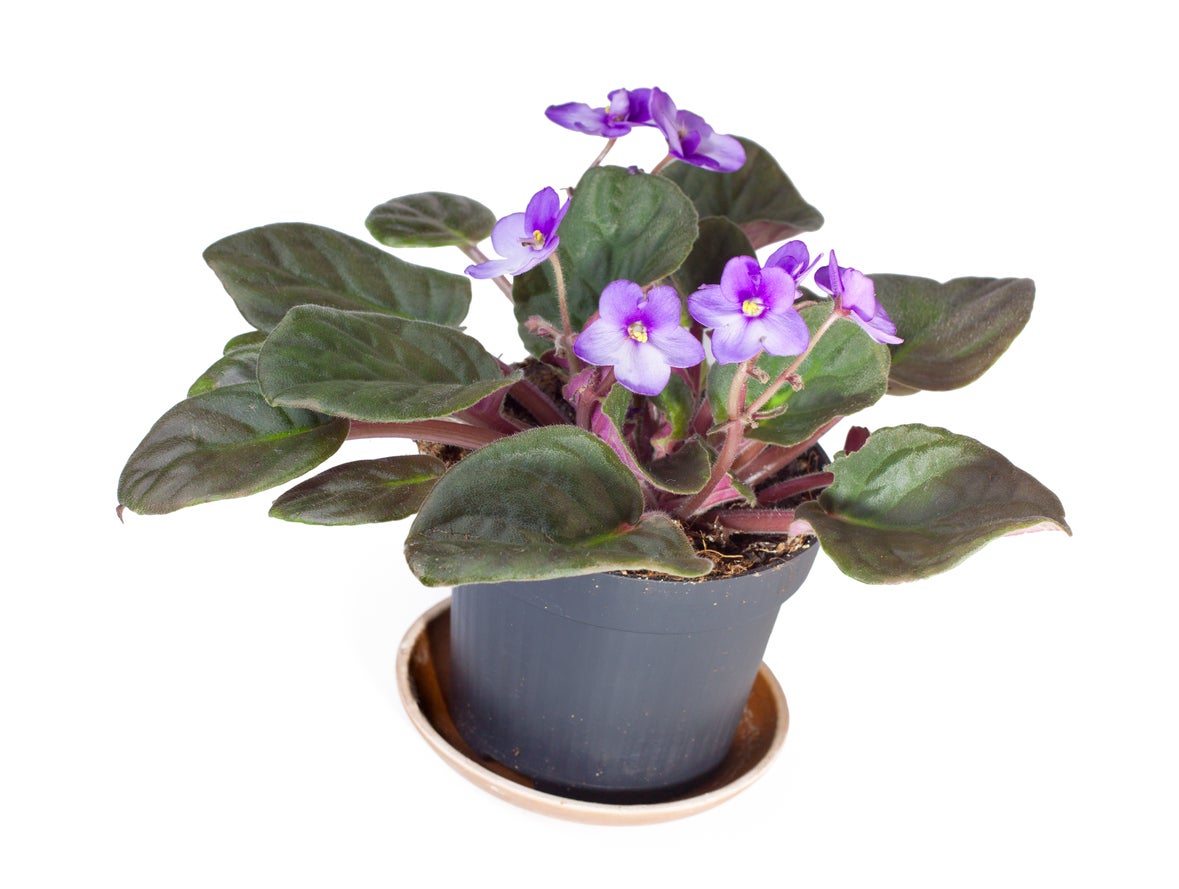

Although African violets (Saintpaulia ionantha) hail from Africa, lots of people in the United States grow them as indoor plants. They are easy to care for and beautiful, blooming most of the year, but that doesn’t make them free of aphids or other pests.
When you find African violet pests attacking your favorite potted plants, you need to take appropriate action. Read on for information on managing African violet insects, including tips for African violet aphid control.
About African Violet Pests
African violets have come a long way from their native home in the coastal woods of east Africa. Their vibrant blossoms in blues, pinks, and lavenders can be seen on window sills everywhere since they have become one of the most popular house plants in our country.
But the flower’s popularity doesn’t prevent African violet pests from going on the attack. While one pest – root-knot nematodes – can kill the plant, most pests are irritating bugs like aphids that can be controlled relatively easily.
Aphids are small, soft-bodied insects that such juices from plants, causing some distortion of new growth. These pests can be light green, dark green, brown, or black. If you have an African violet with aphids, you may not even notice the bugs until you notice honeydew, the sweet substance secreted by the bugs. Ants love honeydew, so aphids on African violets may lead to ants on African violets too.
Managing African Violet Insects
Fortunately, African violet aphid control is fairly easy. Usually, when you have African violets with aphids, you can use simple warm water and dish soap to remove them. Alternatively, you can find different pesticides that will kill aphids on African violets. But for these and other pests, it’s always better to try non-chemical methods first. Neem oil is another option.
The best strategy for managing African violet insects other than aphids depends on the type of pest involved. Management techniques range from spraying water on pests to limiting irrigation.
Gardening tips, videos, info and more delivered right to your inbox!
Sign up for the Gardening Know How newsletter today and receive a free copy of our e-book "How to Grow Delicious Tomatoes".
For example, if your African violet pests are small black flies that seem to be running around the soil or flitting about randomly, you are dealing with fungus gnats. The larvae look like small worms that spin webs on the soil surface.
Fungus gnat larvae feed on the roots of the African violet plants, but the adults do not cause any direct damage. Still, they are annoying. Your best strategy is to reduce the amount of water you give your African violet to reduce the gnat population.
Another of the African violet pests you might see on your plant is the mealybug. They suck juices out of the plant leaves, which distorts them. If your plant has mealybugs, eliminate them by spraying on warm water. Alternatively, use an alcohol-dipped cotton swab.

Teo Spengler is a master gardener and a docent at the San Francisco Botanical Garden, where she hosts public tours. She has studied horticulture and written about nature, trees, plants, and gardening for more than two decades. Her extended family includes some 30 houseplants and hundreds of outdoor plants, including 250 trees, which are her main passion. Spengler currently splits her life between San Francisco and the French Basque Country, though she was raised in Alaska, giving her experience of gardening in a range of climates.
-
 Looking For Plants To Give You The Soft And Fuzzies? Try These 5 Fuzzy Leaf Plant Options
Looking For Plants To Give You The Soft And Fuzzies? Try These 5 Fuzzy Leaf Plant OptionsLovers of texture, drama, silver foliage and tactile plants will adore these special sensory garden additions. These fuzzy leaf plant options will leave you all aglow
By Susan Albert
-
 Get Ready For A Summer Of Hummers! Grow These Full Sun Hummingbird Plants and Flowers
Get Ready For A Summer Of Hummers! Grow These Full Sun Hummingbird Plants and FlowersIf you’re lucky enough to enjoy a sunny backyard, make sure you are maxing out on your pollinator opportunities and grow these full sun hummingbird plants and flowers
By Tonya Barnett
-
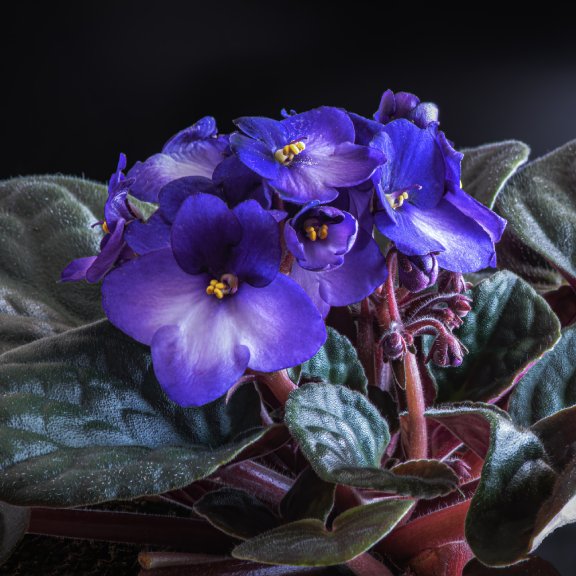 African Violets: Complete Care And Growing Guide
African Violets: Complete Care And Growing GuideFor people who love these sweet plants, African violet care is easy and fun. Knowing what they need is the key.
By Mary Ellen Ellis
-
 What Are Episcia Plants – Learn About Caring For Episcia Varieties
What Are Episcia Plants – Learn About Caring For Episcia VarietiesGrowing Episcia plants adds eye catching appeal to household décor. These colorful houseplants can test the hand of the most experienced green thumb.
By Laura Miller
-
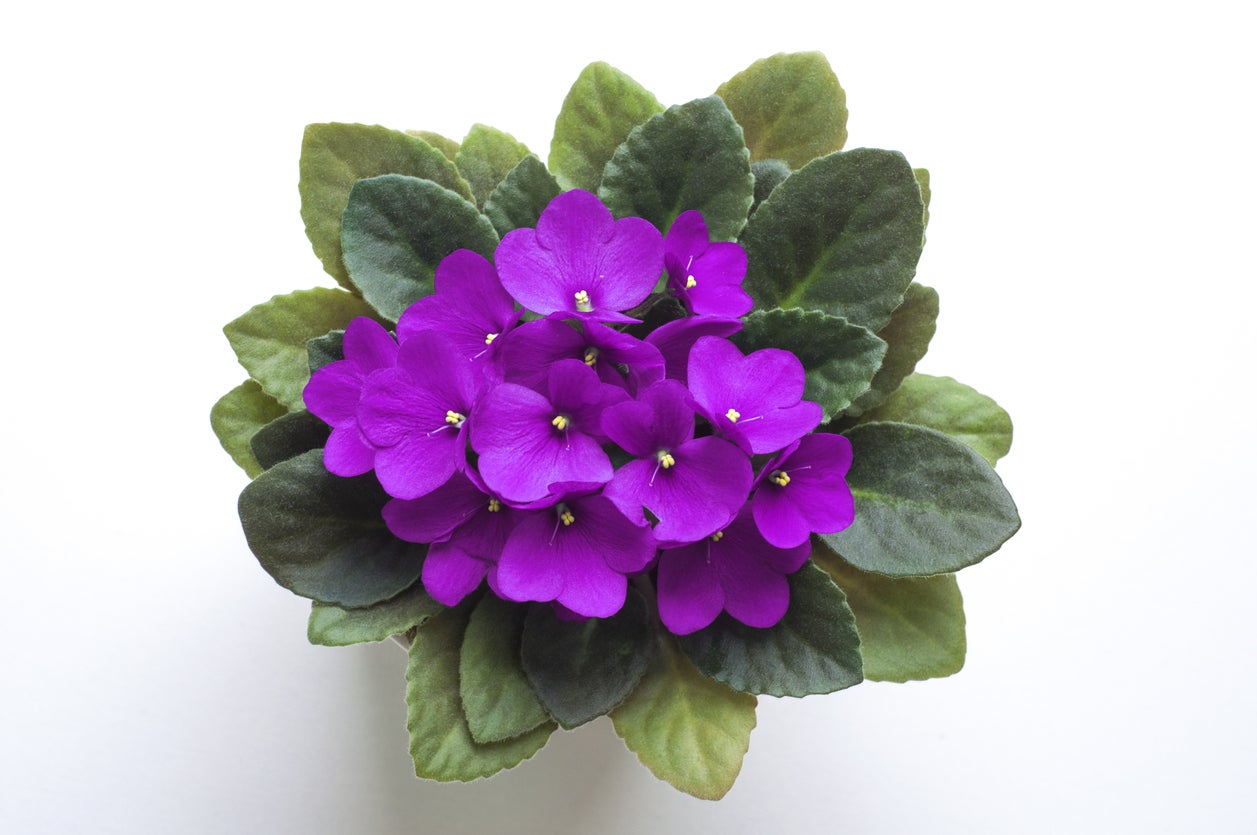 African Violet Flowering Needs: Tips For Getting African Violets To Bloom
African Violet Flowering Needs: Tips For Getting African Violets To BloomMost African violets are sold when flowering. After that, people can have trouble getting them to bloom. What should you do if your African violate won’t flower? Click here for info on African violet flowering needs and tips on how to make African violets bloom again.
By Teo Spengler
-
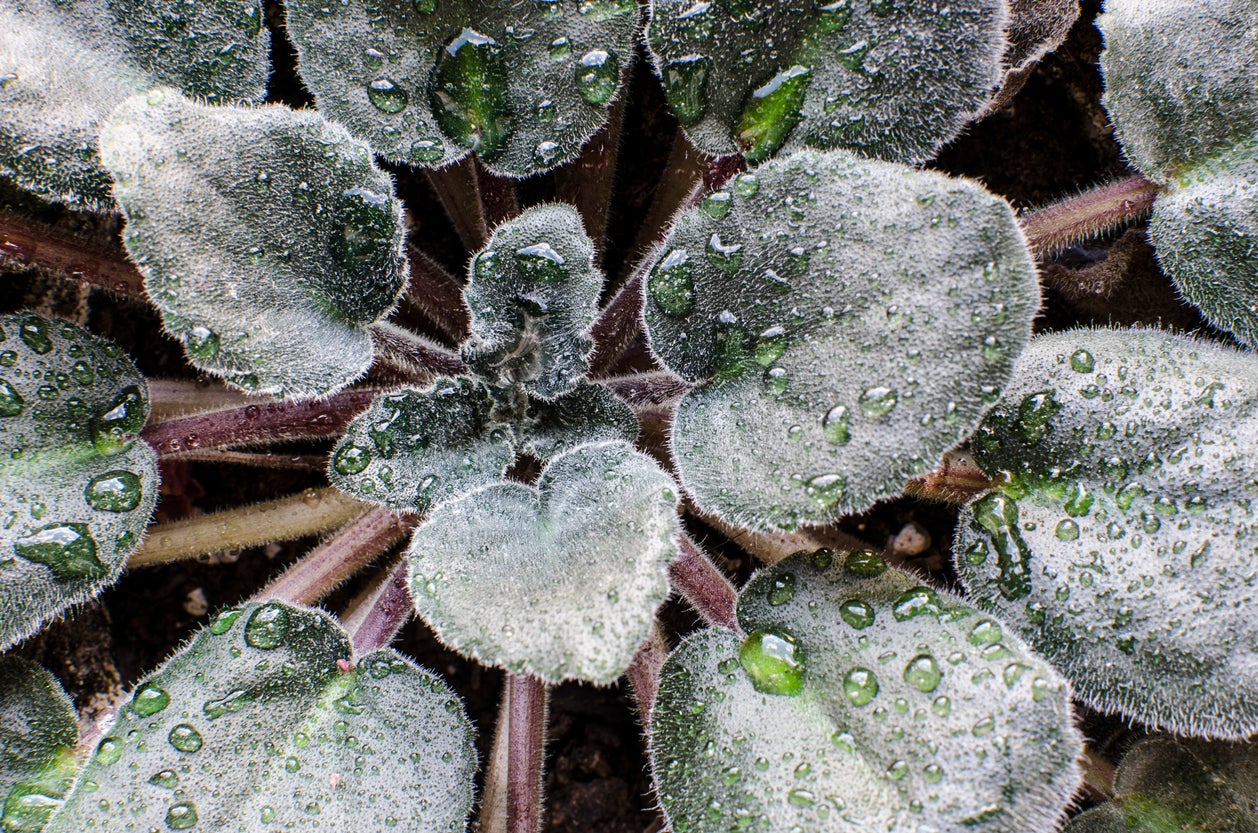 African Violet Watering Guide: How To Water An African Violet Plant
African Violet Watering Guide: How To Water An African Violet PlantWatering African violets isn’t as complicated as you may think. Actually, these charming, old-fashioned plants are surprisingly adaptable and easy to get along with. Wondering how to water an African violet? Click here to learn more about African violet water needs.
By Mary H. Dyer
-
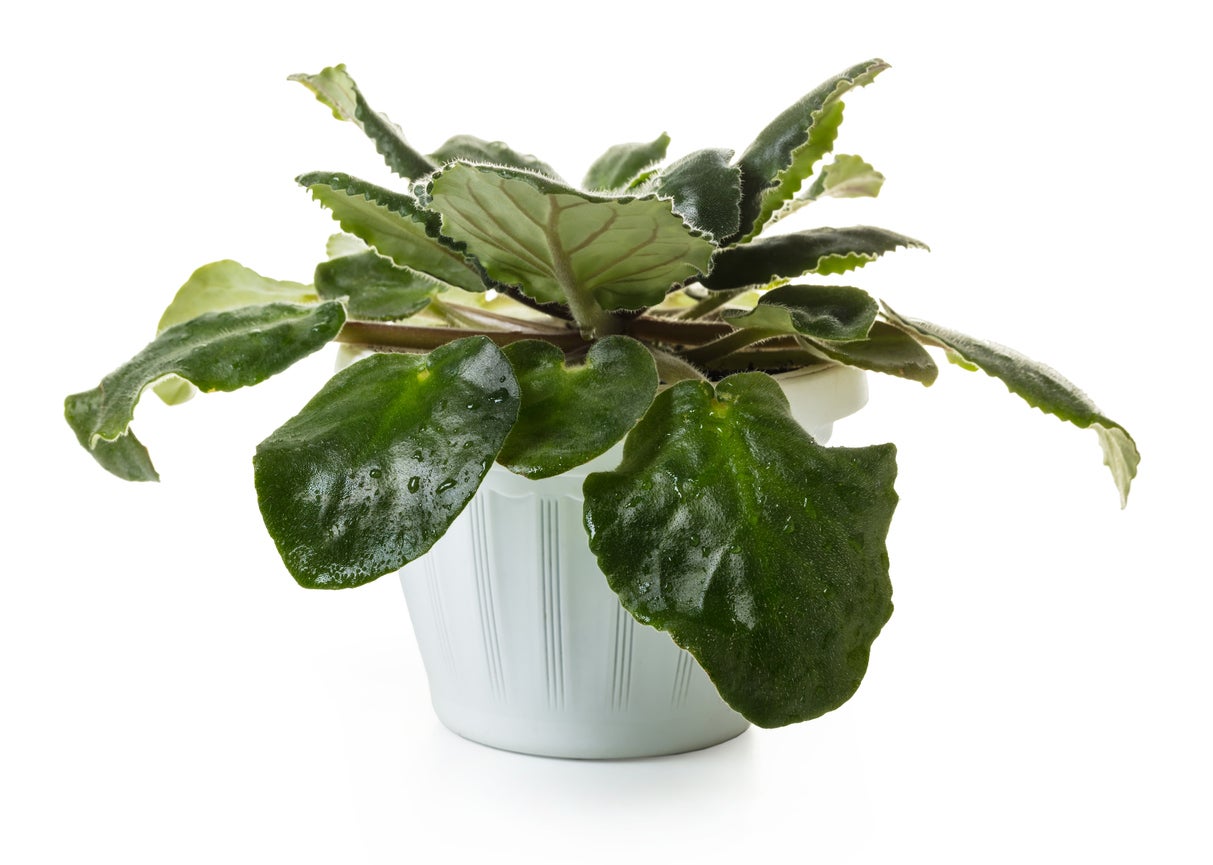 African Violet Leaves Are Curling – What Do Curling African Violet Leaves Mean
African Violet Leaves Are Curling – What Do Curling African Violet Leaves MeanAfrican violets are among the most popular flowering houseplants. But there can be issues with these houseplants. If your African violet leaves are curling, there are a few potential causes and easy solutions. Click this article for more information.
By Mary Ellen Ellis
-
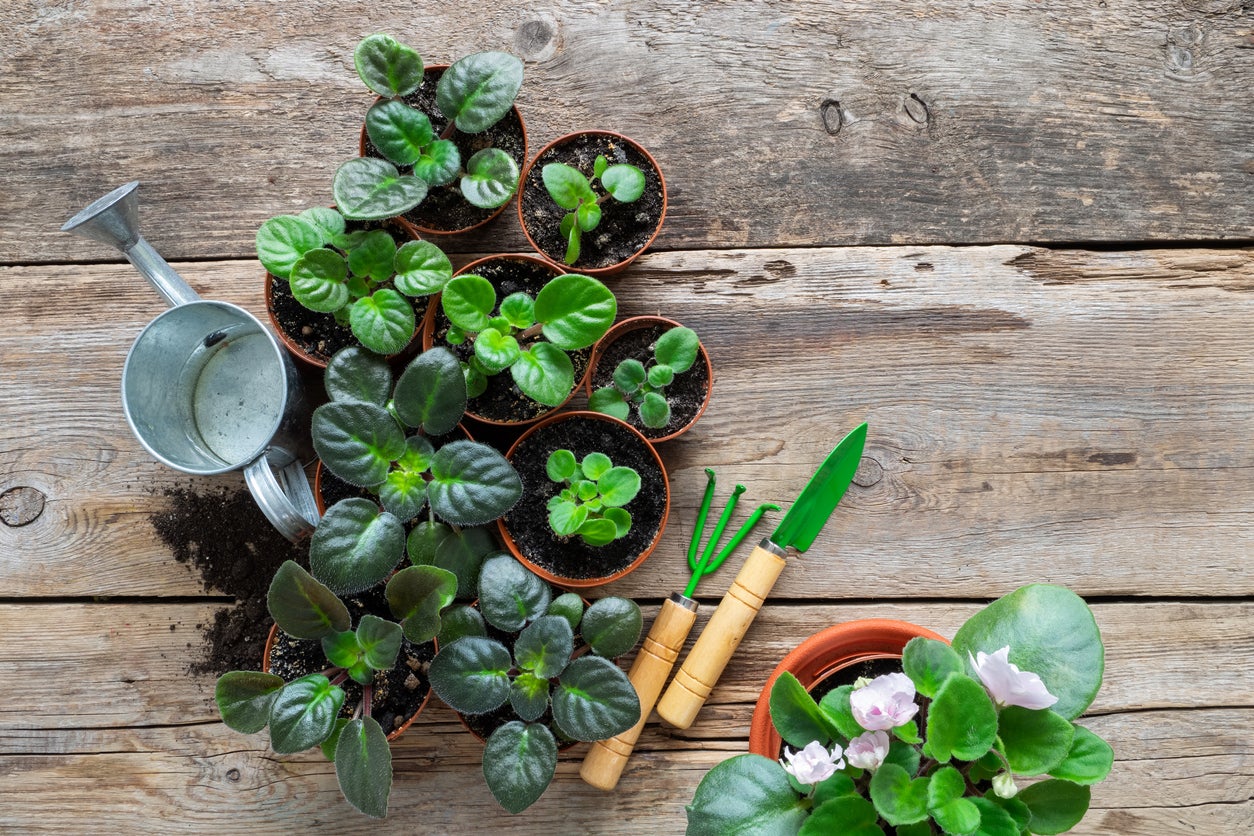 African Violet Repotting – How To Repot African Violets
African Violet Repotting – How To Repot African VioletsAfrican violets can live a long time, as long as 50 years! To get them there, you need to provide good care which includes repotting African violets. The trick is knowing when to repot an African violet and what soil and container size to use. This article will help with that.
By Bonnie L. Grant
-
African Violet Nematode Control: Treating Root Knot Nematodes In African Violet
Nematodes of African violet are tiny worms that infest the roots. They are extremely destructive. For information about African violet root knot nematodes, click this article. We’ll also give you tips on African violet nematode control.
By Teo Spengler
-
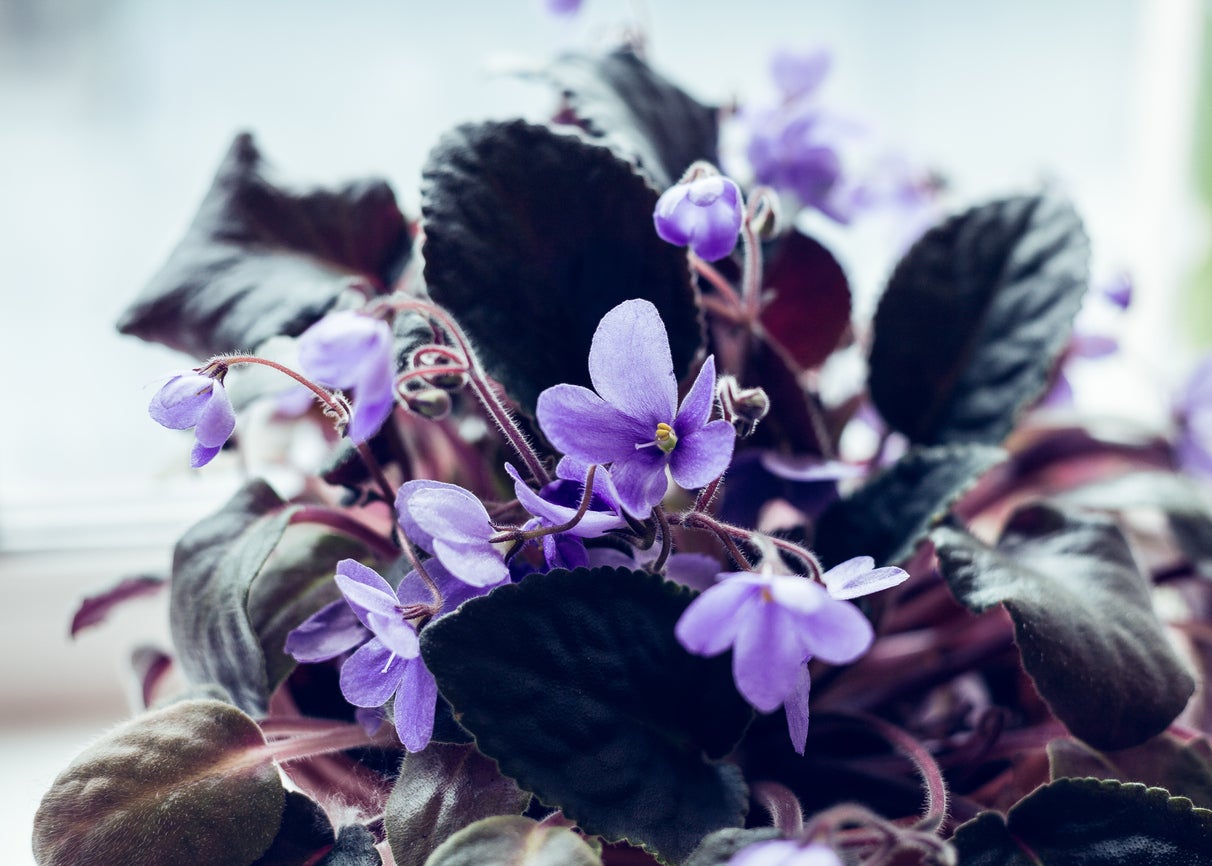 Fertilizing African Violets – Learn How To Feed African Violet Plants
Fertilizing African Violets – Learn How To Feed African Violet PlantsThere are just a few straightforward rules for growing African violets. Water and light needs are two of these, but just as important is how to feed African violet plants. Click on the following article to learn more about African violet feeding.
By Bonnie L. Grant